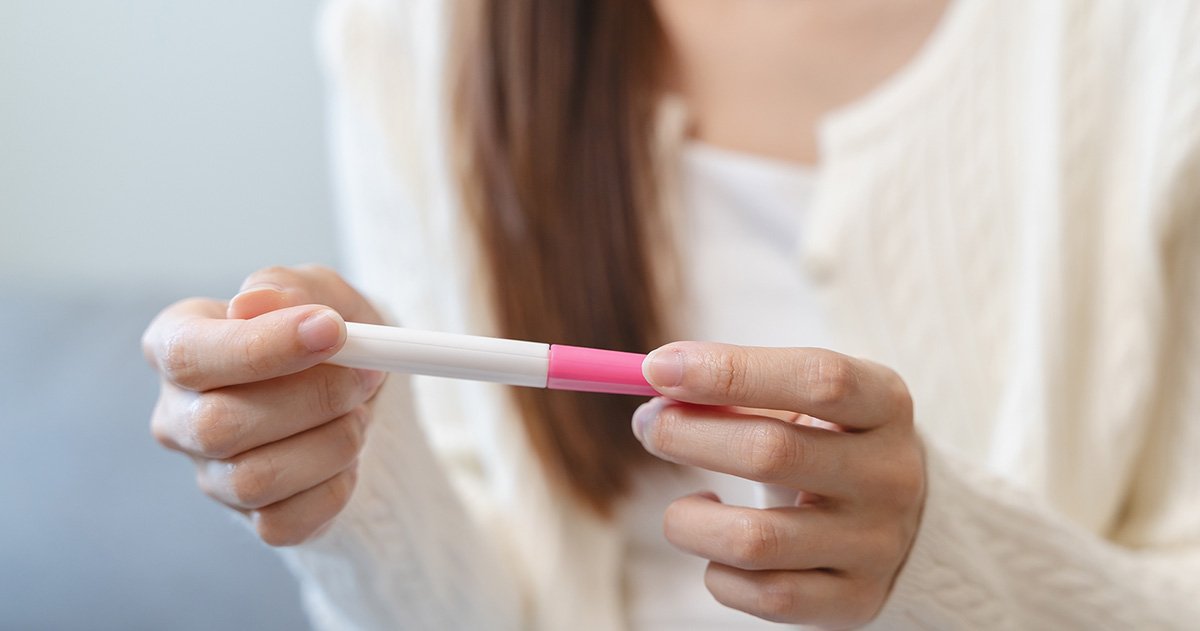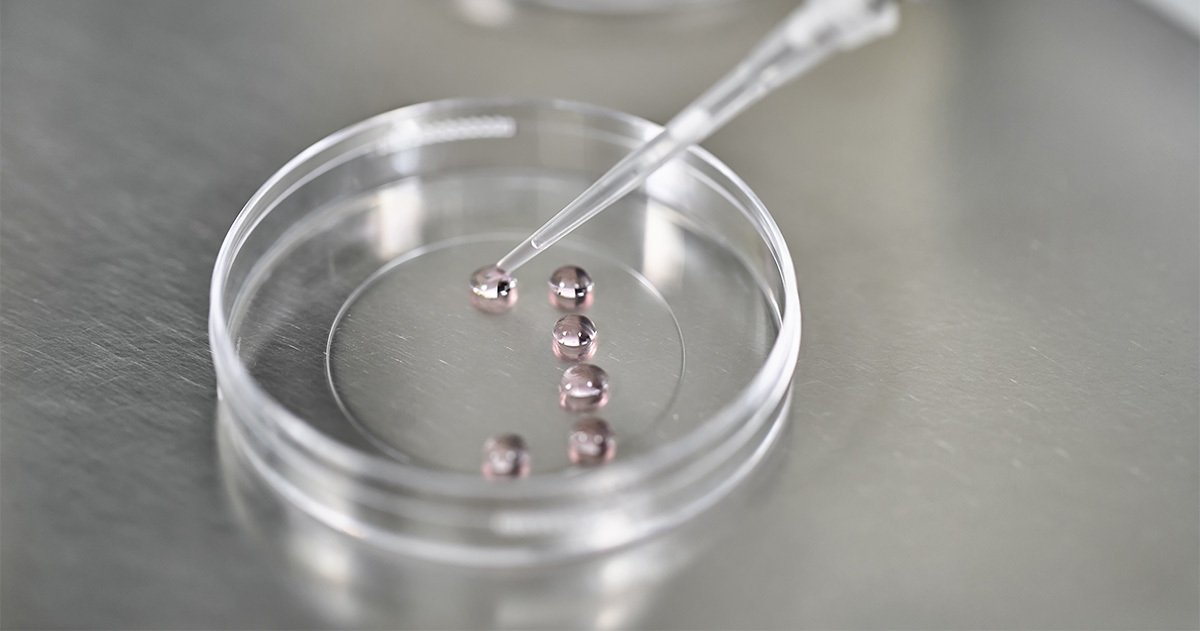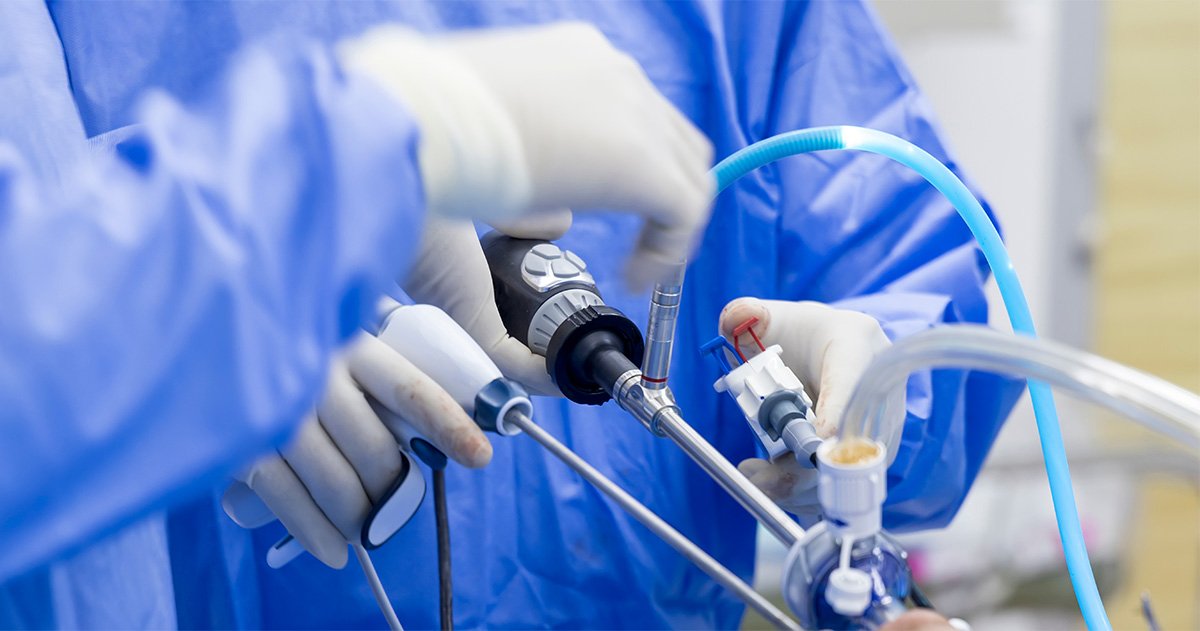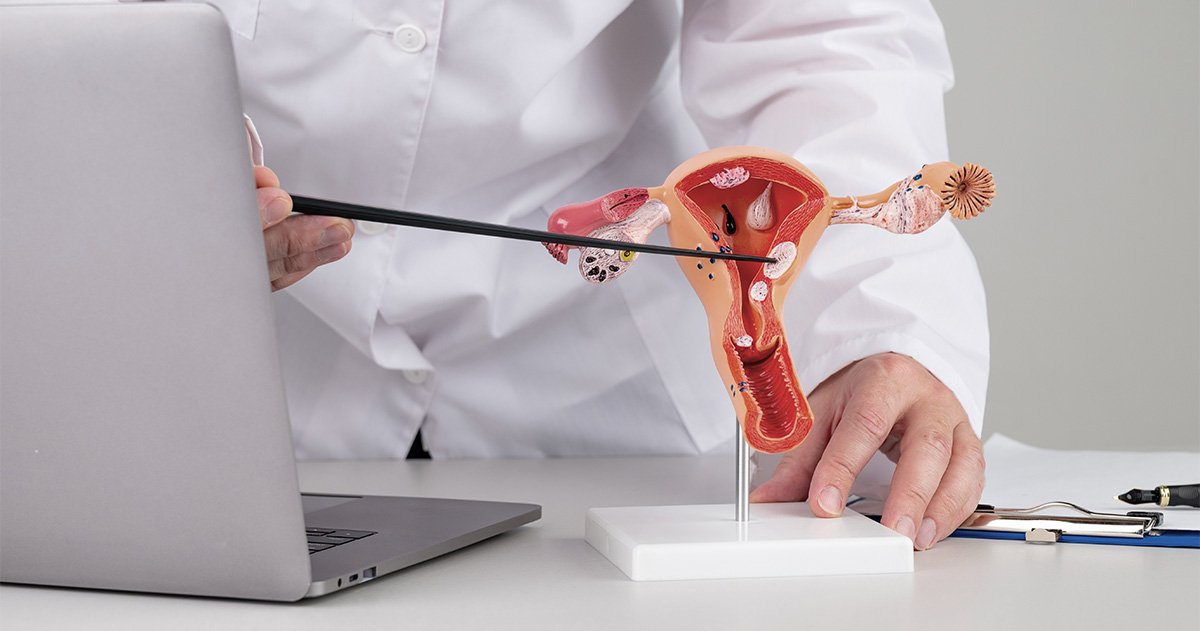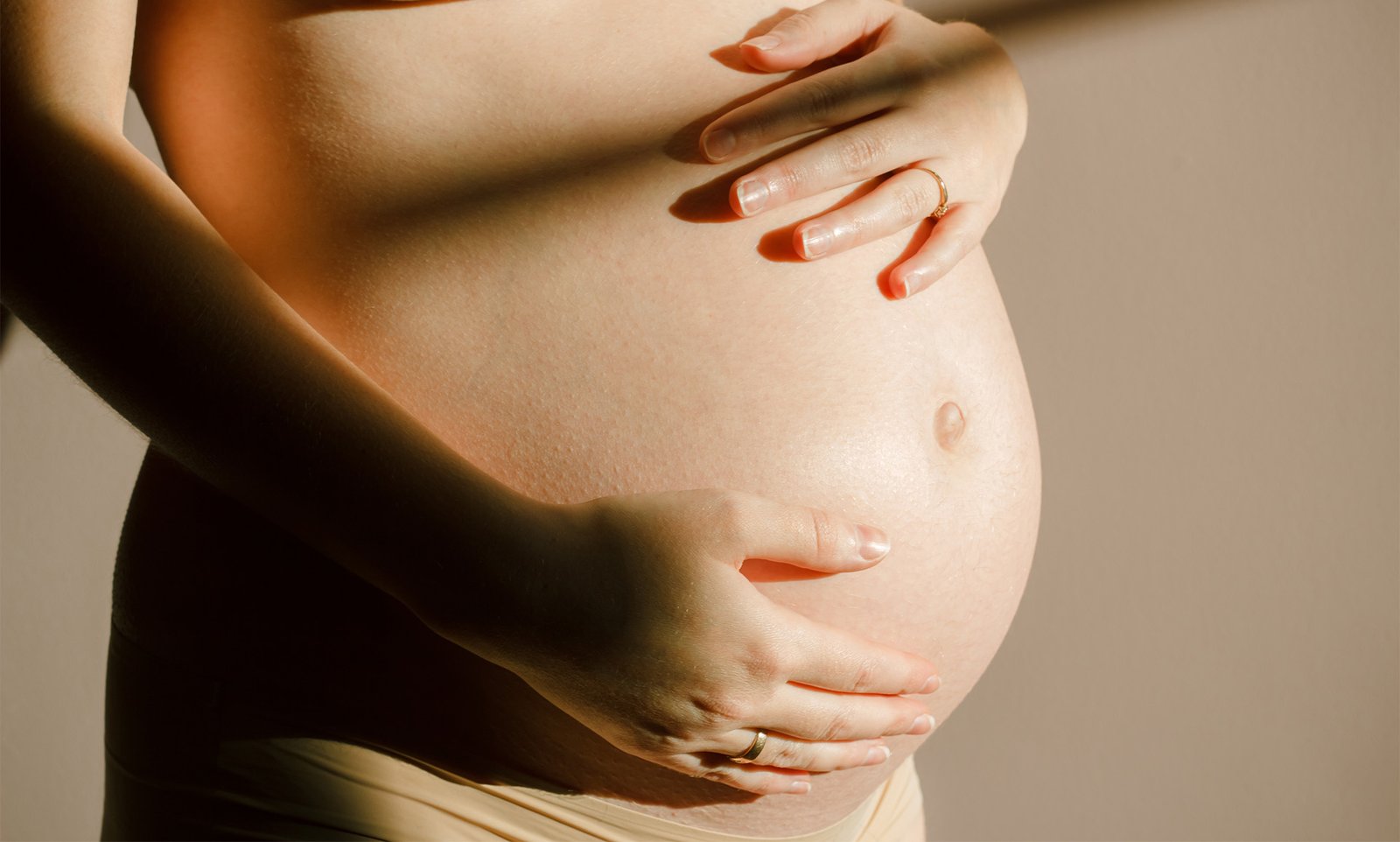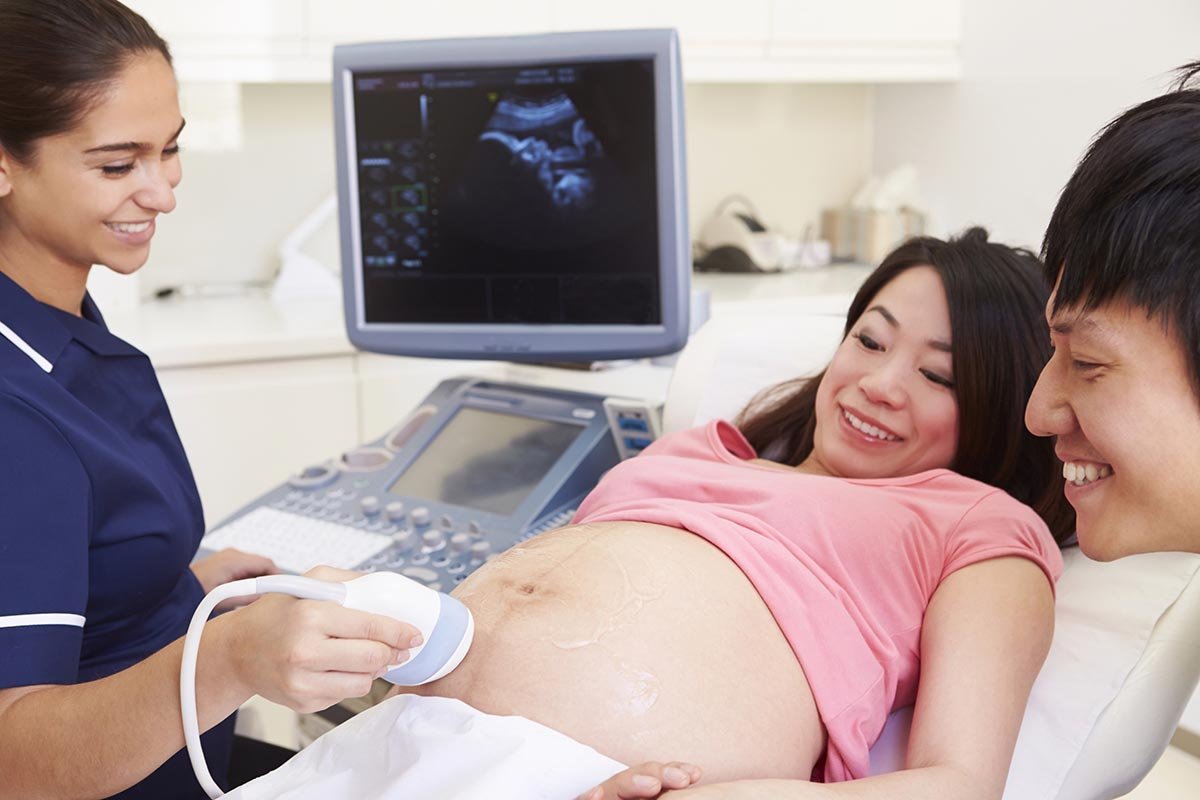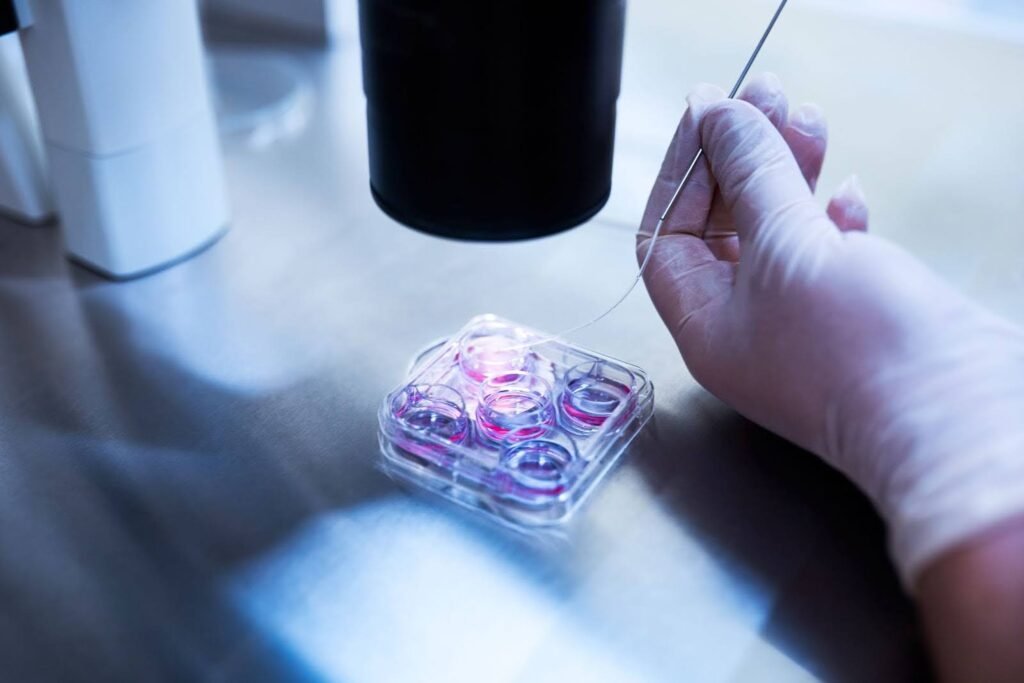
Introduction
In-vitro fertilisation (IVF) is a type of assisted reproductive technology (ART) used to treat infertility. It involves fertilising the mother’s eggs with sperm in a lab to create embryos. After which, these embryos are placed back into the uterus with the aim of a successful pregnancy.
IVF in itself is a complex process, and one key question stands out — should the embryo be transferred fresh or frozen, and what are the differences between the two? There’s been much debate between the two options, and the decision can greatly impact our success rates, treatment timelines, and even our overall conception experience. Although the decision can be overwhelming, it’s important to understand that there is no “better” option, but rather one that would better meet your needs.
In this quick read, IVF Fertility Specialist, Dr Tan Heng Hao, gives us some insight into the key differences between fresh and frozen embryo transfers to help us make better informed decisions and hopefully enhance our chances of a successful pregnancy.
Fresh Embryo Transfers
As its name suggests, a fresh embryo transfer is when the fertilised embryos are transferred back into the uterus within 3 to 5 days after egg retrieval, once they have reached blastocyst stage.
What is the blastocyst stage?
The blastocyst stage is a crucial phase in early embryonic growth, typically occurring around 5 to 6 days post-fertilisation. At this point, the developing embryo consists of a fluid-filled cavity, an outer layer of cells known as the trophoblast (an essential part of placenta formation), and an inner cell mass that eventually forms the fetus.
Advantages
- Shorter time to pregnancy — A shorter period may be needed to achieve pregnancy as there is no need for freezing or thawing of the embryo.
- Works well with younger patients under 35 years old — Younger patients generally have better-quality embryos and endometrial receptivity. Younger patients also generally have more stable hormone levels, increasing your chances of successful fresh transfers without need for much medication.
Disadvantages
- Hormonal imbalance from ovarian stimulation — During the ovarian stimulation process, hormonal medications are prescribed, which raise hormonal levels. Although this helps in the production of eggs, it can affect implantation success.
How does hormonal imbalance affect implantation success?
- High progesterone levels can cause the uterine lining to develop too fast, causing a desynchronisation with the embryo’s current stage of development.
- Progesterone levels rising too early can cause poor implantation conditions.
- Hormonal imbalance can cause inflammation in the uterus, affecting chances of embryo attachment.
- Lower success rates for older patients — In patients above 35 years old, their bodies may not be in an optimal state for implantation immediately after stimulation. This can directly affect implantation success rates.
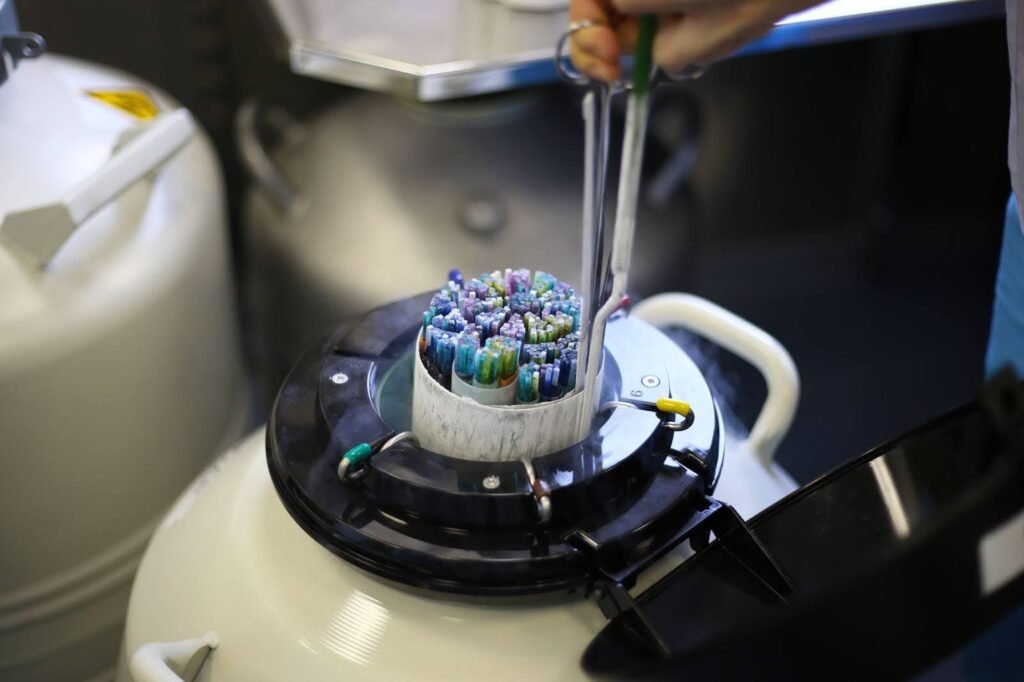
Frozen Embryo Transfers (FET)
Conversely, frozen embryo transfers (FET) are cryopreserved and stored for future use. This allows your fertility doctor to perform the transfer when you are at a hormonally balanced cycle to increase your chances of a successful implantation.
Advantages
- Uterus has time to recover — The uterus has time to recover from the ovarian stimulation process, allowing your doctor to conduct the transfer when implantation conditions are more favourable.
- Higher success rates for women with hormonal imbalances — Success rates may be higher for women who experience hormonal imbalances.
- Lower risk of Ovarian Hyperstimulation Syndrome (OHSS) — Avoiding an immediate embryo transfer lowers the risk of OHSS in patients.
- Greater timing flexibility — Patients can choose the most ideal timing for embryo implantation based on uterine conditions and their body’s readiness.
- Can preserve fertility — The embryos can be frozen and stored for future use and family planning.
- Allows genetic testing — Embryos can be tested for chromosomal abnormalities after transfer.
Disadvantages
- Longer time to pregnancy — Embryo freezing may require additional months of waiting as the patient prepares for a separate cycle.
- Freezing and thawing risks — Some embryos may experience damage from freezing or may not survive the thawing process.
- Additional hormone therapy required — Some patients may require additional medication or hormone therapy to create a better uterine environment for implantation.
- Additional cost — Undergoing a frozen embryo transfer may incur more cost as it involves the freezing, thawing, and storage procedures.
Success Rates Comparison
- Although the jury is still out on the success of fresh versus frozen embryo transfer, it’s in Dr Tan’s firm belief that frozen embryo transfers are as good, if not better than fresh embryo transfers.
- It must be also remembered that the central ideal in any IVF stimulation is to create more embryos to be stored for later use in a frozen transfer.
Factors That Can Influence Pregnancy Success Rates in Singapore
- Age of the mother — The age of the mother greatly affects egg quality and endometrial receptivity. Generally, women under the age of 35 experience higher success rates than those aged over 35 years old.
That being said, women aged 35 and above can still achieve successful pregnancies with the right treatment plan, fertility techniques, and personalised support from your fertility specialist. - Embryo quality — High embryo quality leads to higher implantation and pregnancy rates. In Singapore, fertility clinics may recommend preimplantation genetic testing (PGT-A) to improve embryo selection.
- Underlying health conditions — Underlying health conditions may affect the success of your implantation. These conditions generally affect hormonal levels, such as polycystic ovarian syndrome (PCOS), endometriosis, uterine conditions and metabolic disorders.
Considerations advised by Dr Tan Heng Hao, IVF Specialist
Availability of IVF techniques and technology
Fortunately, fertility clinics in Singapore offer comprehensive fertility treatments and IVF technologies, offering hope to individuals and couples looking to conceive. From blastocyst culture and preimplantation genetic testing to embryo freezing, these innovations significantly improve pregnancy success rates. Additionally, specialised techniques like intracytoplasmic sperm injection (ICSI) are available for cases where male infertility factors, such as low sperm count or poor motility, need to be addressed.
Success rates
IVF success rates are influenced by several factors, including age, embryo quality, endometrial receptivity, underlying health conditions, and lifestyle choices. Younger women typically have higher success rates due to better egg quality, while older patients may face challenges such as diminished ovarian reserve and increased risks of chromosomal abnormalities.
Thankfully, advancements in fertility treatments allow us to actively improve these success rates. Techniques such as preimplantation genetic testing (PGT-A) help select the healthiest embryos, while frozen embryo transfers (FET) can ensure the uterus is at its most receptive state before implantation. Lifestyle changes, such as maintaining a healthy diet, managing stress, and avoiding smoking or excessive alcohol, can also support a successful pregnancy. With the right approach and expert guidance, many patients can significantly boost their chances of achieving their dream of parenthood.
Cost implications
IVF can be a lengthy and intricate process, often requiring multiple cycles to achieve a successful pregnancy. With procedures such as ovarian stimulation, embryo freezing, genetic testing, and embryo transfer, the overall cost can become a significant consideration. It is therefore essential to plan ahead and fully understand the financial aspects of fertility treatment to make well-informed decisions.
Here at Majella, we offer comprehensive financial counselling services to help you explore your options. Our clinical team is ready to assist you in your claims processing where possible, ensuring access to any available subsidies or insurance support.
Dr Tan Heng Hao believes that the IVF journey can oftentimes be a long and arduous one. His role is always to value add through a thorough counselling process and to allow the couple time and space prior to making any clinical decisions.
Conclusion
Ultimately, when it comes to making a decision for your embryo transfer, there is no right or wrong option, but rather one that fits your needs and personal preferences.
That being said, no issue is too small, and you don’t have to go through your IVF journey alone. Your IVF specialist will work with you in your decision-making process, while ensuring a personalised approach, helping you make informed decisions for a successful pregnancy.
Majella Women’s Specialist Clinic is dedicated to providing tailored, patient-centric fertility care through every stage of your pregnancy journey. Schedule a consultation with us today for a detailed consultation and personalised treatment plan.
Frequently Asked Questions
Do frozen embryos take longer to implant than fresh embryos?
Yes. Generally, fresh embryos implant sooner than frozen embryos because they are transferred in a natural or stimulated cycle — more closely aligned to your body’s natural hormonal environment. Conversely, a frozen embryo has undergone a controlled or artificial cycle, which can affect endometrial receptivity.
However, it is important to note that technological advancements in freezing techniques, such as vitrification, a rapid freezing technique that prevents ice crystal formation, have made implantation rates between fresh and frozen embryos quite similar, if not even better.
Who is a good candidate for a fresh embryo transfer?
The ideal patient for a fresh embryo transfer typically meets the following criteria:
- Women below the age of 35
- Good endometrial lining at the time of egg retrieval
- No signs of hormonal imbalance
- No previous implantation failures
- No severe uterine conditions, such as polyps, endometriosis or fibroids
- Minimal risk of ovarian hyperstimulation syndrome (OHSS)
Not meeting the “ideal criteria” does not automatically mean someone is unsuitable for a fresh embryo transfer. Some patients may still do a fresh embryo transfer, but require closer monitoring or additional support, such as hormonal support or endometrial priming.
How do doctors choose which embryo to transfer?
Your IVF specialist generally determines the most ideal embryo for transfer based on some key factors:
- Embryo quality, i.e. cell structure, growth rate
- Blastocyst (day 5 embryos) vs. cleavage stage (day 3 embryos)
- Chromosomal health
- Fresh vs. frozen
A patient’s medical history, and if they have had previous successful pregnancies or failed transfers, also help guide the doctor with their decision.
Does it matter who does your embryo transfer?
Yes, the IVF specialist you pick for your embryo transfer does make a difference. Different fertility specialists have different experiences, techniques, approaches and success rates.
Dr Tan Heng Hao has already performed thousands of embryo transfers and he believes in a gentle, trauma free approach to reduce the risk of bleeding or discomfort that may hinder an implantation success.
Lastly, it’s important to find a doctor you’re comfortable with and that you can trust, because they will be with you throughout your entire pregnancy journey.
How do you guarantee a successful embryo transfer?
A successful embryo transfer can never be completely guaranteed. However, there are certain things you can do to ensure a higher chance of successful implantation.
In order to increase your chances of a successful embryo transfer, your IVF specialist can:
- Monitor your hormones
- Ensure your endometrium is at the ideal thickness for implantation
- Use ultrasound guidance for precise embryo placement
- Select high-quality embryos for implantation
- Use techniques for proper transfer
The patient can also increase their chances of a successful implantation by:
- Adopting a healthy lifestyle
- Reducing stress levels
- Avoiding strenuous exercise
- Taking their medication as prescribed
- Follow hormone therapy as instructed
- Follow post-transfer care instructions
Which grade embryo is best for transfer?
When it comes to embryo transfers, the grading refers to the quality and developmental stage of the embryo. The better the grade, the higher the chances of implantation that result in a successful pregnancy. Generally, grades 4AA, 5AA or 6AA have the highest implantation potential.
Is it better to transfer one embryo or two?
One or two embryo transfers are dependent on several factors, including age, embryo quality and previous IVF history. For most cases, a single embryo transfer is recommended. However, there are cases where a double embryo transfer is recommended.
Do I need bed rest after embryo transfer?
Bed rest isn’t necessary after an embryo transfer. That being said, Dr Tan Heng Hao would recommend avoiding any strenuous or high impact activities immediately after an embryo transfer.
Why do fresh embryo transfers fail?
A fresh embryo transfer can fail for several reasons. The main reason is usually related to the underlying Embryo quality or chromosomal makeup.Other reasons may include:
- Uterine receptivity issues
- Hormonal imbalances
- Uterine contractions during transfer
- An overactive immune system response
- Blood clotting disorders
- Lifestyle factors, such as smoking or illness
That being said, there are ways to improve fresh embryo transfer success. If a fresh embryo transfer fails, a frozen transfer with a better-prepared uterine environment may improve your success rates.
References:
https://pmc.ncbi.nlm.nih.gov/articles/PMC3454914/
https://my.clevelandclinic.org/health/treatments/15464-embryo-freezing-cryopreservation
https://www.bmj.com/content/388/bmj-2024-081474
https://pmc.ncbi.nlm.nih.gov/articles/PMC9376799/
https://www.mayoclinic.org/tests-procedures/in-vitro-fertilization/about/pac-20384716
